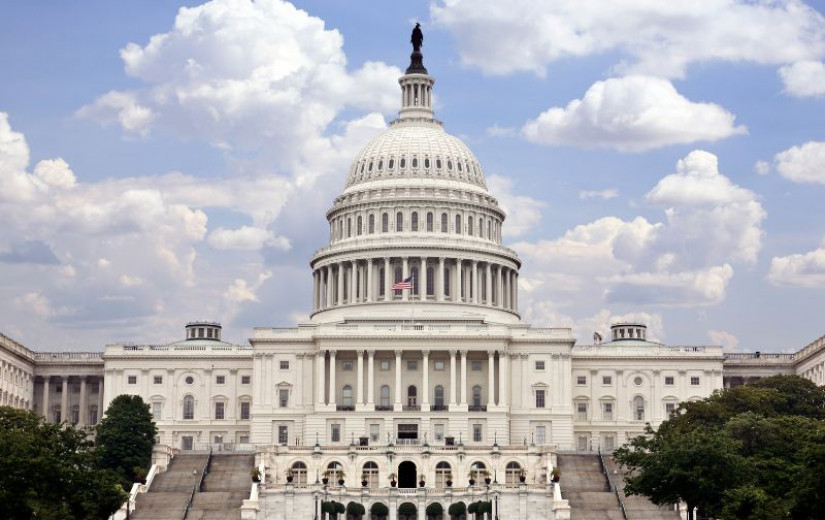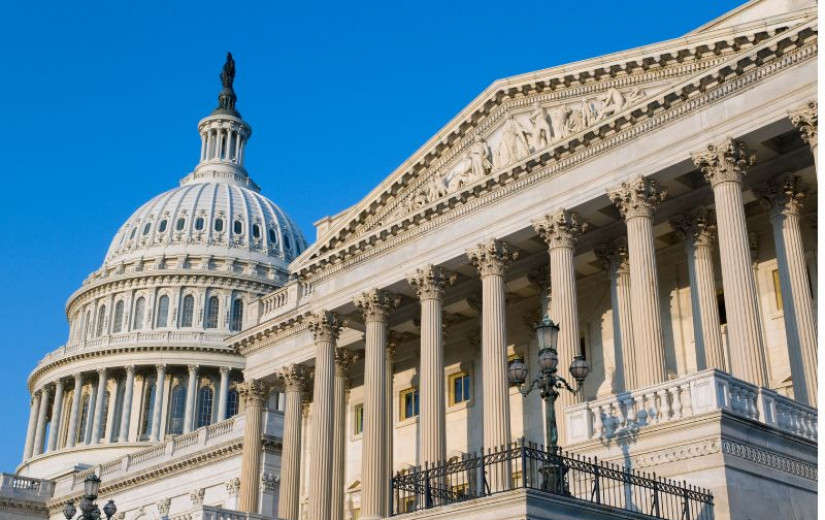
The world’s tropical rainforests shrank by 8% in the last two decades. The Amazon has lost approximately a fifth of its forest cover in the past 50 years, with more than 10 million hectares of forest being cleared from 1990-2020. To stem this tide of deforestation in the world’s tropical and subtropical forests, Brazil, the host of COP30, is spearheading a first-of-its-kind initiative, the Tropical Forest Forever Facility (TFFF). The financial program provides a mechanism to fund payments to countries that protect tropical forests, flipping economic incentives in favor of conservation.
Brazilian President Luiz Inácio Lula da Silva announced at the U.N. General Assembly in October that it would contribute $1 billion to the fund, with a goal of raising $125 billion through national and private-sector contributions. He has called on the international community to fulfill commitments made by global leaders at 1992 Rio Earth Summit to provide financial resources to developing countries to conserve tropical forests. TFFF will reward tropical countries (74 developing nations) that keep deforestation rates below 0.5% a year by providing annual payments for each hectare of tropical and subtropical forests that they conserve
Several countries have announced contributions as well, including Indonesia, which is investing $1 billion, Norway, which is contributing $3 billion, and the Netherlands, which announced at COP that it will contribute $5 million. However, other organizations have rejected the initiative. The Africa Makes Big Polluters Pay coalition, comprised of 32 members including the Global Forest Coalition, stated that TFFF offers no real support to nations that are vulnerable to climate change, reduces tropical forests to tradable assets, and threatens to divert resources away from community-led actions.
The fund — which is expected to generate $3-4 billion per year, according to the World Resources Institute — will be managed by the World Bank. TFFF will serve as administrator of the fund, overseeing verification of hectares conserved and distribution of the forest payments to the countries in the program. TFFF aims to ensure that at least 20% of payments are allocated to Indigenous peoples and local communities engaged in forest conservation work.
YSE News recently spoke with Paulo Brando, associate professor of ecosystem carbon capture; Liza Comita, the Davis-Denkmann Professor of Tropical Forest Ecology; and Mark Ashton, the Morris K. Jesup Professor of Silviculture and Forest Ecology, on TFFF’s viability and the challenges facing conservation efforts in tropical nations.
Newsletter
Subscribe to “YSE 3”
Biweekly, we highlight three news and research stories about the work we’re doing at Yale School of the Environment.
Q. What’s at stake not only for tropical forest nations but the global community if deforestation rates continue?
Comita: Tropical forests play an outsized role in regulating Earth’s climate at local to global scales. Due to their ability to sequester and store vast amounts of carbon, tropical forest conservation and restoration are widely recognized as highly cost-effective natural climate solutions. And, unlike other potential solutions that still require technological advances or real-world verification, tropical forest conservation and restoration are ready to implement now. Nonetheless, rates of tropical deforestation continue to be stubbornly high.
Halting tropical forest loss is critical for meeting climate targets. Intact and regrowing tropical forests not only contribute to climate mitigation at global scales through carbon sequestration and storage, benefiting all nations, but also contribute to local and regional scale cooling through additional biophysical effects, such as shading and evaporative cooling, which can reduce heat-related mortality. Tropical forests also harbor the majority of Earth’s terrestrial biodiversity and provide critical ecosystem services, including food, timber, fuel, and clean water. Given the critical importance of tropical forests, it is imperative to focus on advancing viable solutions for their protection, for the sake of nature and humanity.
Q. What is the potential of TFFF to reverse deforestation in the 70 countries that host the majority of the world’s tropical and subtropical forests?
Brando: It is tempting to see TFFF as a silver bullet, but a more productive view is to see it as a bold step toward compensating countries for their historical role in conserving forests. If we look at it from the “glass-half-full” perspective, TFFF could represent a major improvement over the current status quo. But for it to truly work, it must be aligned with a broader set of actions that generate economic opportunities for local populations — creating real incentives to keep forests standing. Ultimately, long-term success depends on making conservation the most rational and rewarding land-use choice. Cutting down forests to expand low-productivity agriculture must become more expensive — and less attractive — than maintaining healthy, standing forests — along with their benefit for local populations.
Of course, there are limitations. The amount allocated per hectare of forest conserved remains low, and it is still unclear how the fund will reach its full financial potential without commitments from major players such as the United States or the United Kingdom.
Q. What other mechanisms can provide incentives for tropical forest conservation?
Ashton: Some people interpret conservation to mean strict preservation, and others interpret it as wise use. The solutions are place-based and nuanced because every country has different biophysical, cultural, and economic circumstances. But they lie in creating equitable land tenure whereby local peoples are provided rights to both use and protect the assets of forests for their benefit; where environmental laws make sense and reinforce protection of the forest and its sustainable use; and where government officials serve to provide technical information and knowledge. This includes managing incentive programs for conservation and creating strong markets for forest-based products and services from which landowners and the state can benefit.
If such social and economic concerns can be met for tropical forests, there can be huge potential benefits for those who steward these forests. These benefits include the production of timber, food, fiber, and medicinal plants of direct economic use, as well as payments for provision of drinking and irrigable water, recreation, and wildlife protection and habitat.
Building Bridges Between U.N. Programs and Indigenous Communities in the Amazon
Felipe Storch de Oliveira ’25 MEM has spent his career working to turn high-level climate commitments into on-the-ground action. A native of the state of Acre, Brazil, Storch de Oliveira is a consultant for InterAmerican Development Bank and serves on the Science Panel for the Amazon. He is supporting Brazil’s Ministry of Environment and Climate Change in its efforts to implement the Tropical Forest Forever Facility (TFFF), a first-of-its-kind financing initiative officially launched at COP30 that will pay developing nations to conserve and restore their tropical forests.
“The time window to act is very small. Tropical forest regions will become, in some cases, uninhabitable by 2070,” he said.
At left: Felipe de Storch Oliveira at COP30








